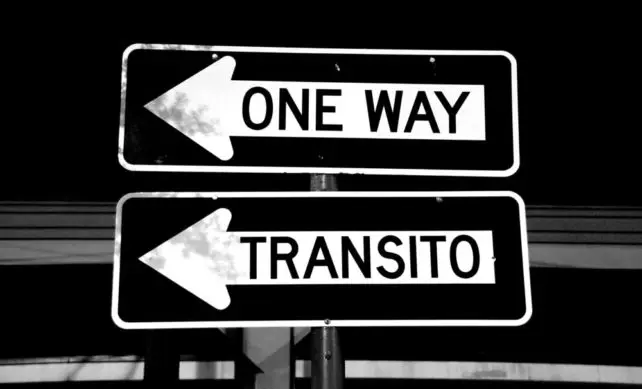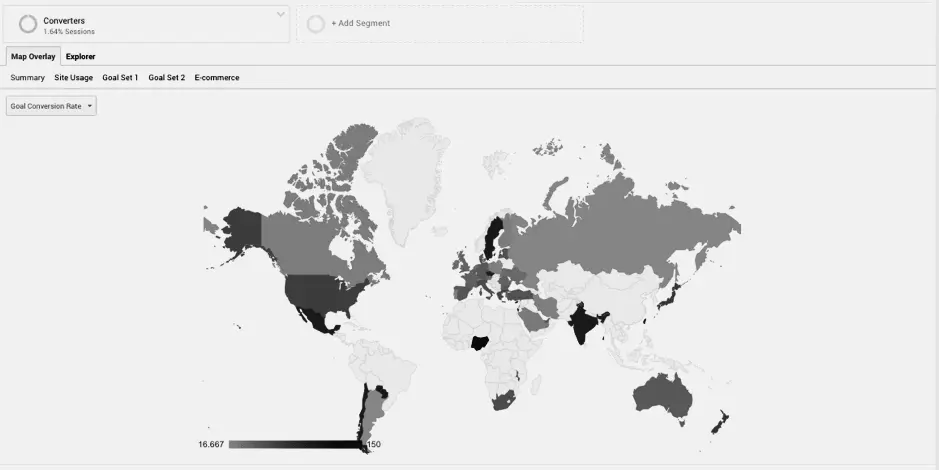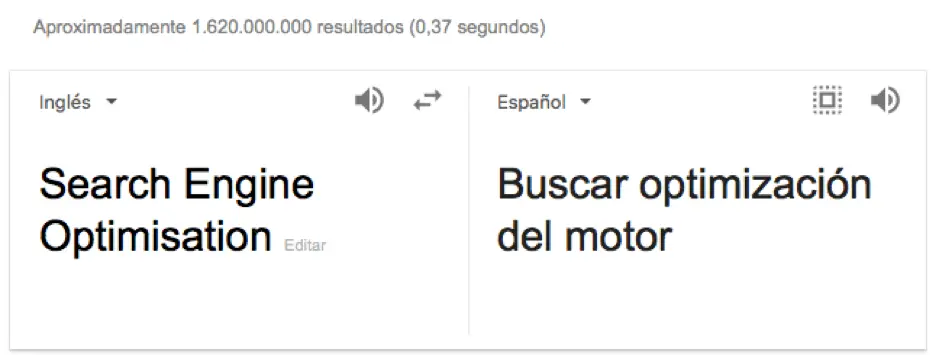Borders and allegiances across the globe are being tightened and questioned.
But the Internet is the perfect place to reach out and connect with people in other regions and countries, if you know what you’re doing.
That’s where we’ve got Tips. Here are the key questions to ask before undertaking a multilingual digital marketing or SEO campaign.
1. Which countries should I target?
A complicated question…
If you’re based in Europe then another major European country would be an obvious choice. There’s a huge population of people to appeal to in China. Vietnam’s doing well at the moment, too. Singapore?
Option overload! There are many countries that can appear attractive but selecting the best country to target with limited resources, isn’t easy.
Think about this in some detail before committing. You need to select the best area for your brand and sales – not the biggest or best country by simple measures like income-per-head.
» Tip:
Often the first place to look is at your existing data. This data will be incomplete because you haven’t targeted these questionable regions yet.
But normally there will be enough to go on. Combined with offline data you should get at least a suggestion of the country or countries you should be targeting.
Pay close attention to percentage metrics, like conversion rate, rather than total metrics like number of visits.
On this, a lovely visual to look at within Google Analytics is the geo-map – segmented to only look at converting regions, by conversion rate (below). The darker regions will be sending through a high proportion of enquiries and some of them might surprise you.
2. Which languages do I need to target?
This second question doesn’t always follow the first in this post.
For instance, let’s take China. The uninitiated might say: ‘we need to translate to Chinese’.
But China uses various languages. The main written language in mainland China is Simplified Chinese. Taiwan and Hong Kong, however, use Traditional Chinese.
There’s not complete intelligibility between Simplified and Traditional Chinese, so if you want to target the entire region – not just the mainland – then you’d need to translate your web pages to two written languages: simplified and traditional Chinese.
You could claim China’s a special case, but it’s not.
There are various spoken and written languages in Spain (more than 5million people speak and write Catalan as a first language for starters). There are also multiple main languages spoken in Canada and the U.S.A.
» Tip:
Look into the details – don’t assume because you know the country to target you always know the correct language. If you do, you won’t be the first brand to try and target Hong Kong in simplified Chinese.
Also, remember that translation is an art form. It’s not a Google Translate job. Get a professional translator or agency to craft your message in another language.
But if you must use a tool to check the translation of a quick word or phrase in another language, use Linguee – it looks at words and phrases in context. Google Translate is still a bit too literal.
Search Engine Optimisation isn’t ‘Buscar optimización del motor’ in Spanish! That’s something a confused mechanic would do.
3. Does my entire website need translated?
Translating an entire website into another language is a big task. It’s a process that can break hearts and webpages.
This is because, as well as the linguistic subtleties, there are also lots of technical details that could trip you up.
And this adds to the human complexity of managing translators, proofing their translations etc.
In the end, you could end up with what could very impolitely be called a Mongolian Clusterf*ck – regardless of whether you’re translating into Mongolian or Flemish.
» Tip:
A good place to start can be translating some of the best performing blog content on your site. This allows you to test the targeting of a region, without the commitment to a full website translation.
It will also introduce you to some translators too – and get you used to the process.
Then, if the data’s showing that this new content’s doing well for the business then it could be time for a bit more than a dabble.
4. Are there any technologies that can help?
Targeting a new region isn’t always uncertain. Sometimes it’s clear that an online presence is needed in another region.
Then, the website just needs fully translated into another language.
At this point, without some technologies to help, it could get messy. Building a multilingual site is an enormous task. You’ll be needing some help from some sturdy translation tools that’ve already been built for the challenge.
» Tip:
Search for market-leading tools, apps, plugins, modules etc. that can help you successfully navigate the huge task of a full website translation.
If you use a common CMS like WordPress, then there are plenty of tasty tools available. Multilingual site plugins like WPML are pretty inexpensive, easy to use and they make the full translation of your website feasible.
But there are tools available for less common CMSs, too, such as Transcribe for Expression Engine and Locale for Drupal.
5. Do I have the search and social side covered?
Even if everything’s been done correctly, the search-engine (SEO/PPC) side is extremely important to get found in a new region.
Again, like language, there are subtleties to observe. Target China and bear in mind that most of the country’s 1.4bn population use Baidu when searching. Naver is still doing well in South Korea. And Bing has gained better visibility in some regions too, with around 10% of the search market in the US.
These differences feed into strategy and things to be done. You’d need someone in China to do unlock the region’s digital doors by doing all the Baidu bureaucracy, for example.
Social media is also important for brands entering new areas too, and also complex. Most countries have unique networks that lead the market, like VK in Russia.
And at a more fundamental level, you won’t get anywhere in search without foreign language keyword research and translated meta data.
» Tip(s):
Here’s a summary of some important search and social tasks:
- Meta data: your pages’ SEO meta data will need translated to gain search visibility in other regions. But don’t just translate literally – you’ll need to research what people search for and include these terms in your tags.
- Geotargeting: once pages are translated and on the site, remember to include specific Geotargeting tags, like hreflang. And use directives to precisely target pages at the new regions – like applying geo-targeting in Google Search Console.
- PPC: don’t make the mistake of forgetting about PPC, or fully translating the site and then forgetting to translate the ads shown to that audience.
- Regional experts: you may have to make contact with people in other countries to register specific accounts. Want to advertise in Baidu? You’ll need someone from China to help you register!
If you’d like to get in touch about a localized or multilingual digital marketing campaign then don’t hesitate to get in touch, or just start a live chat!





My question is should I use a plugin to translate a site or should I go for an entire new site with a different domain for different languages? Example mysite.com for English. MySite.de for Germany and mysite.no for Norway and so on.